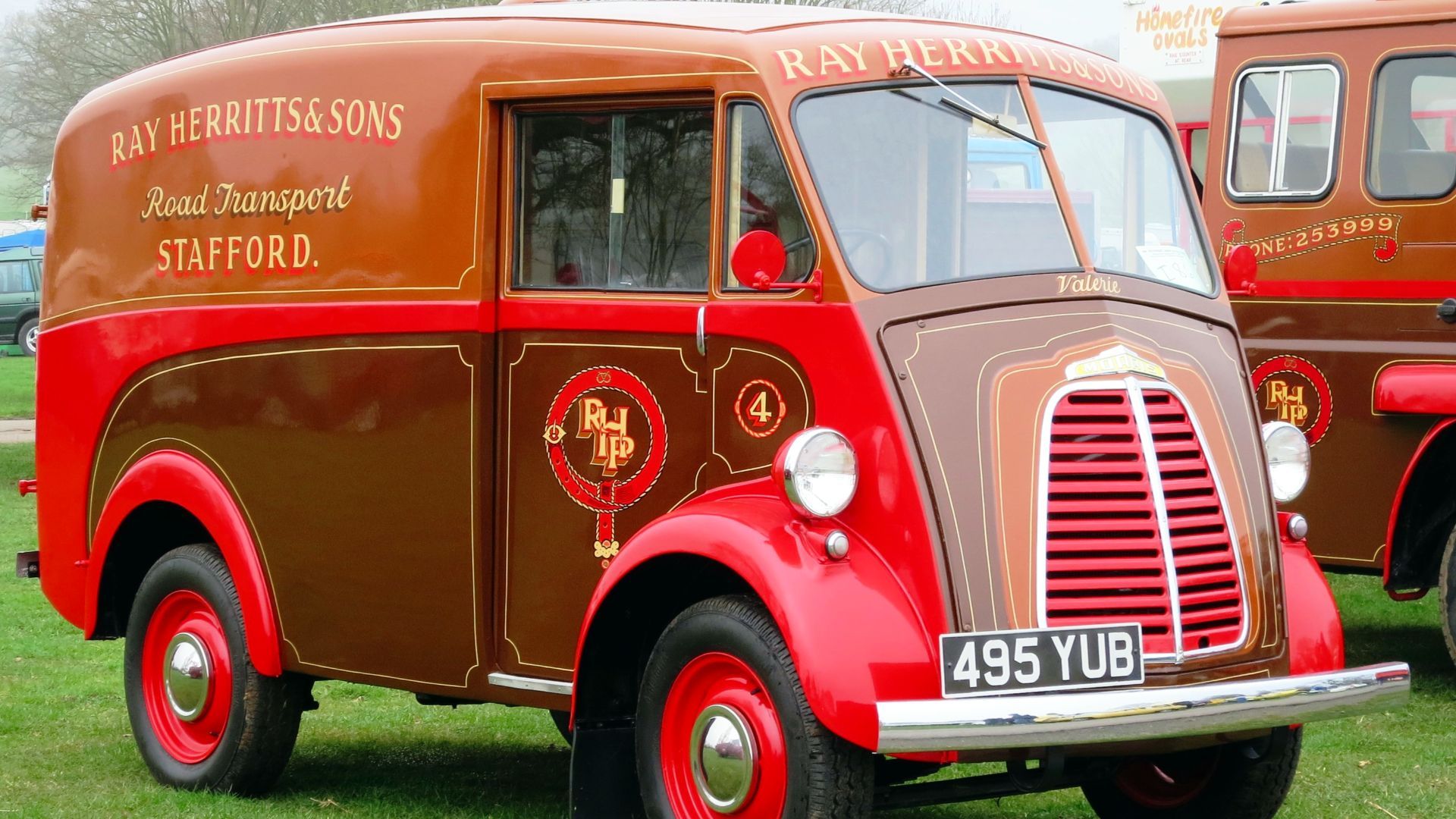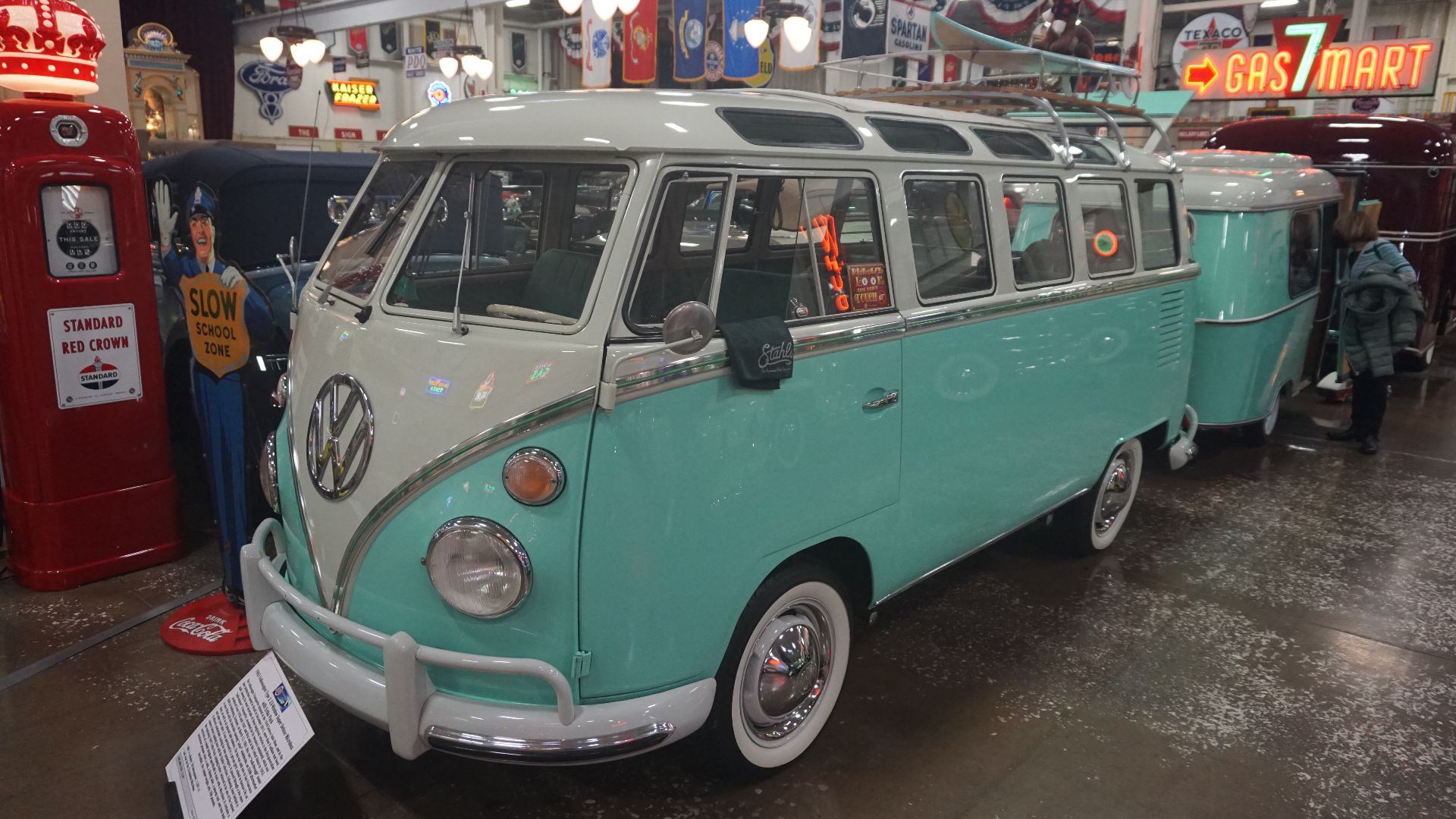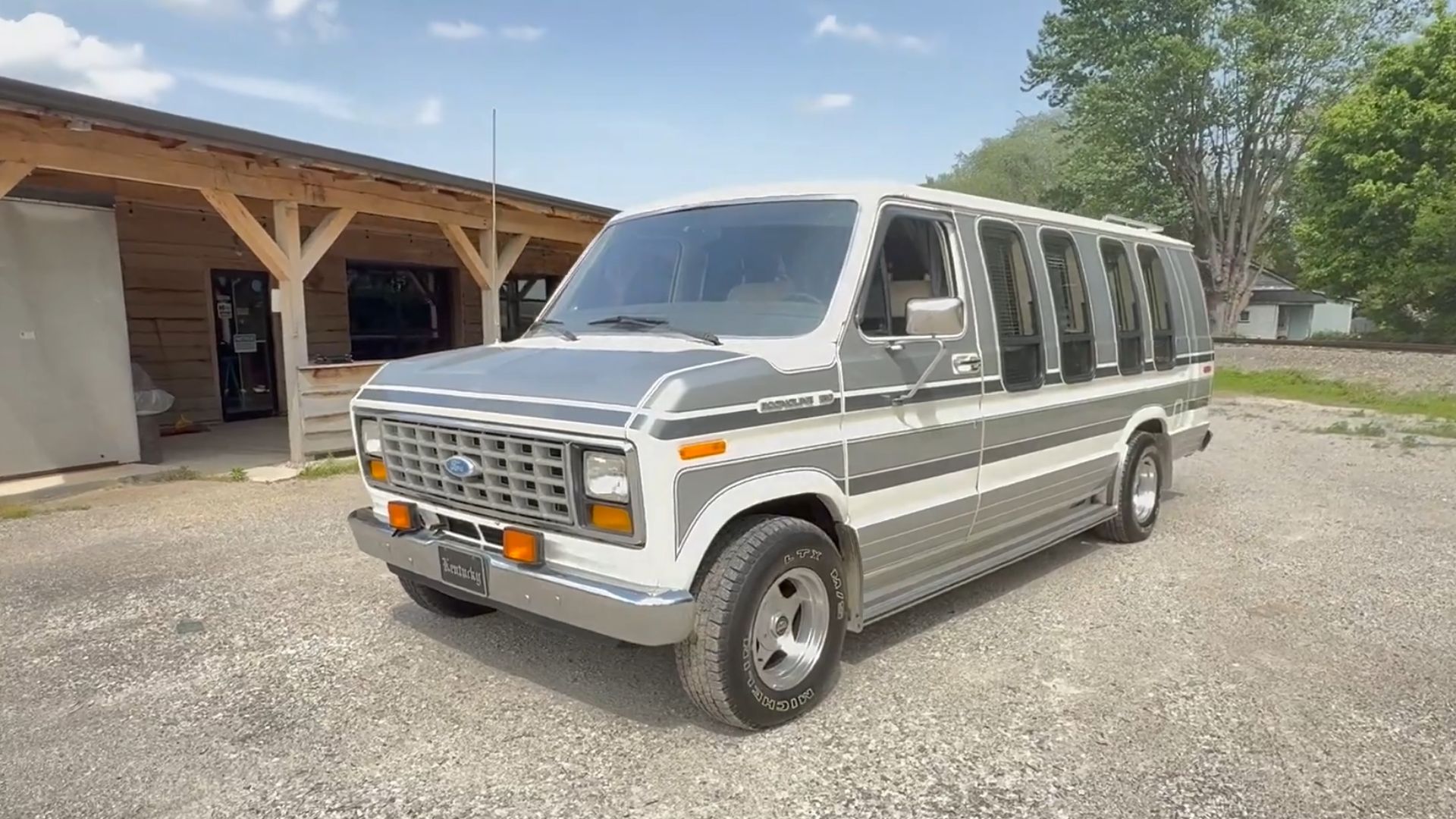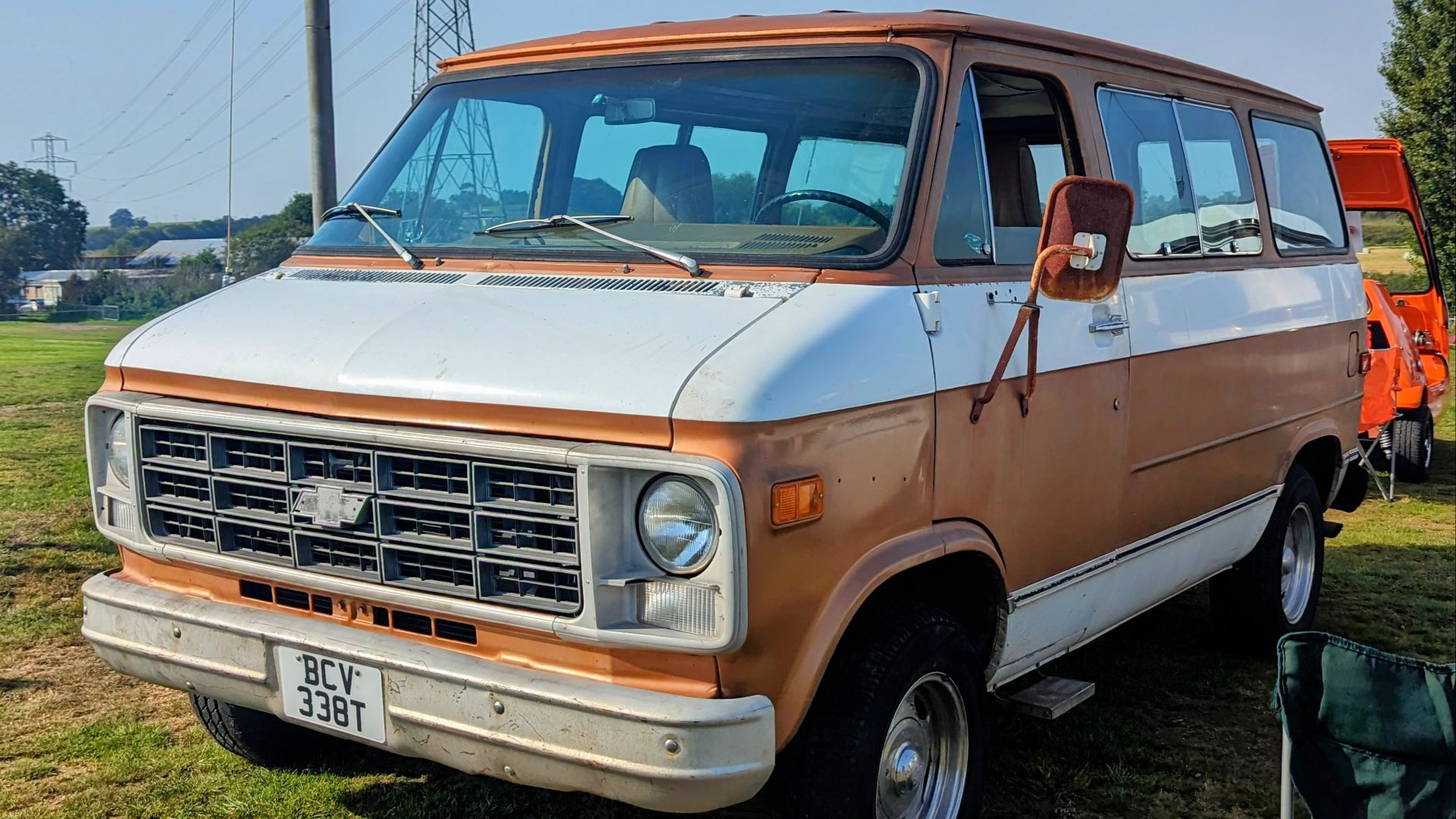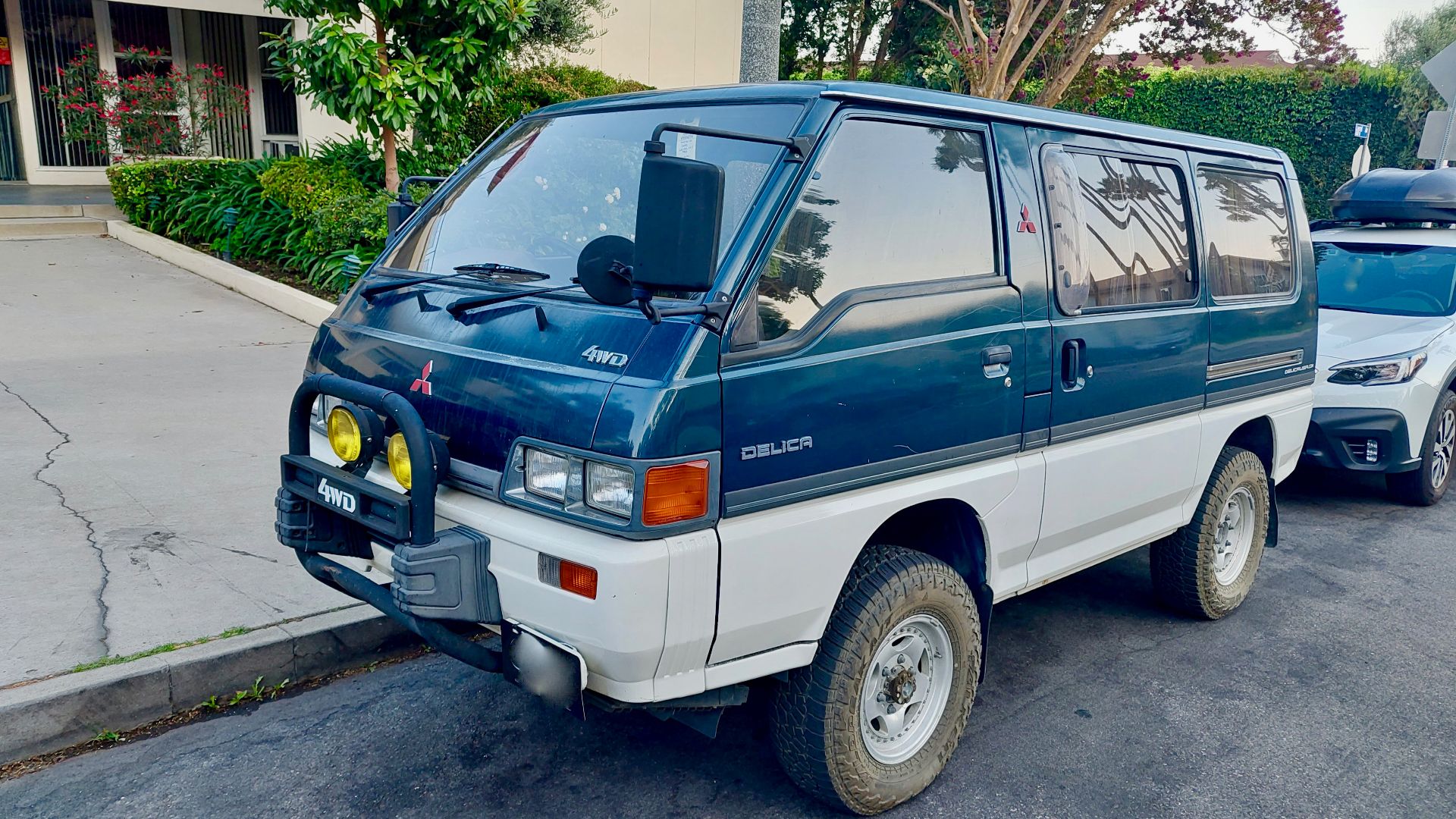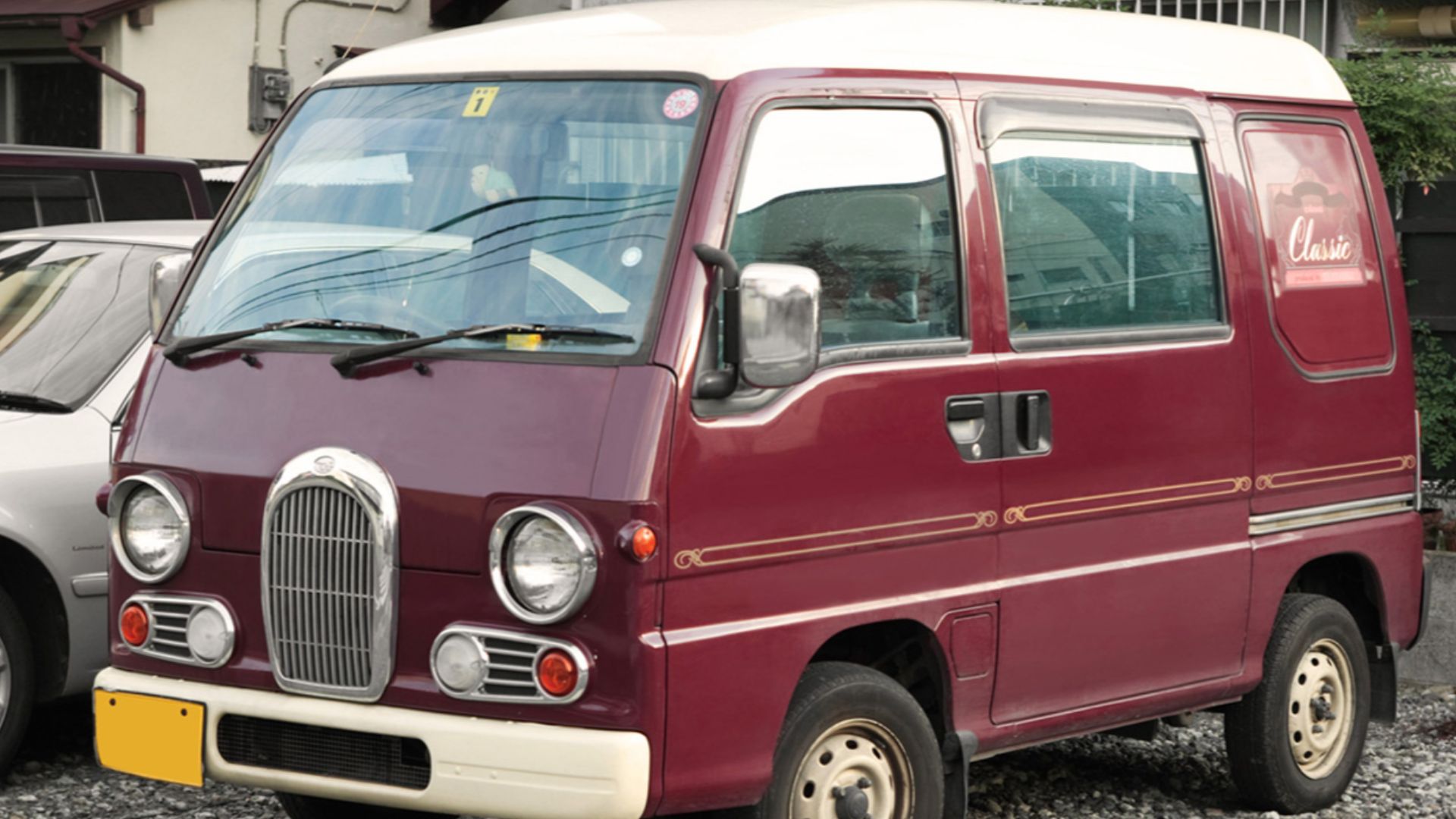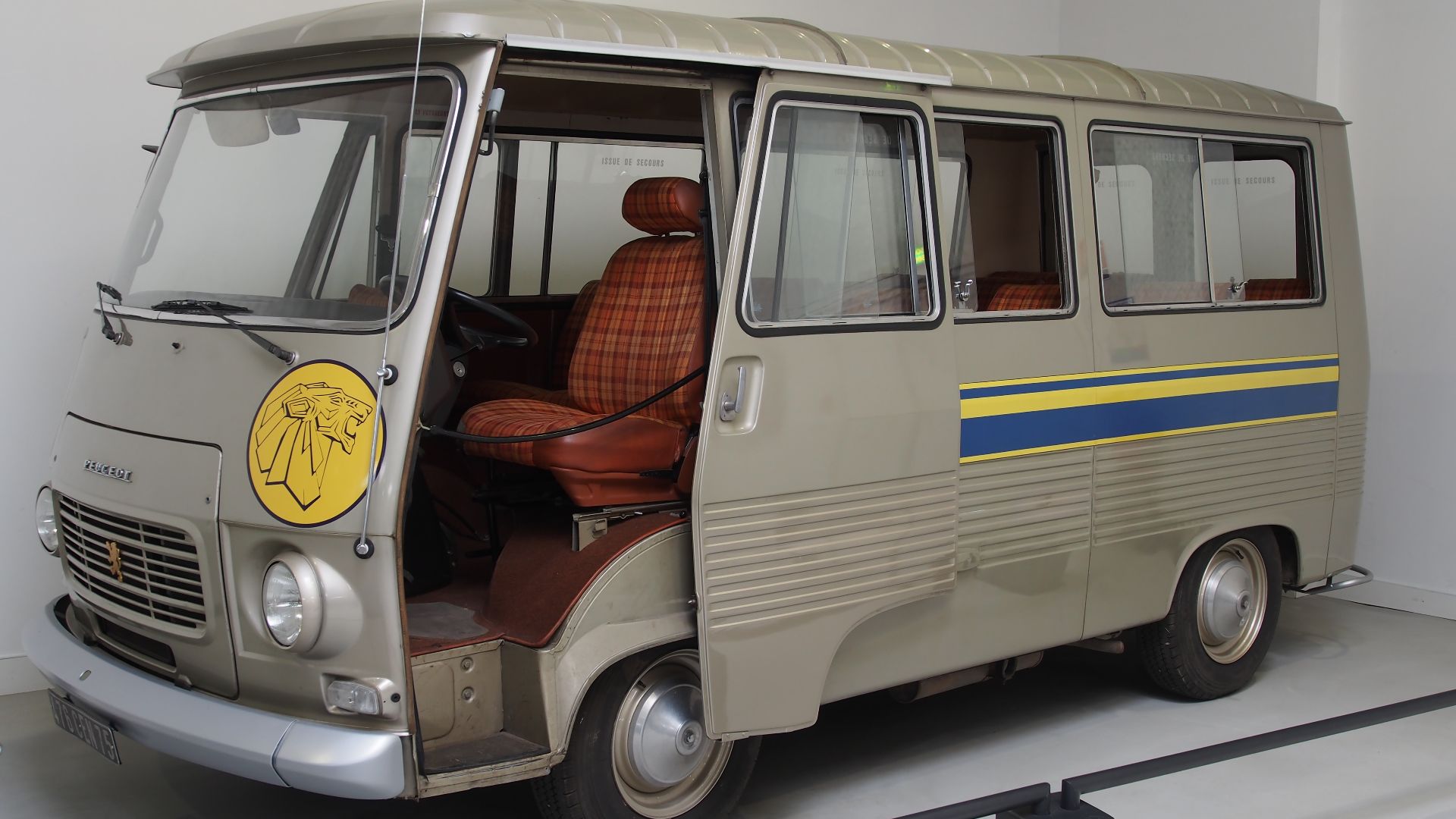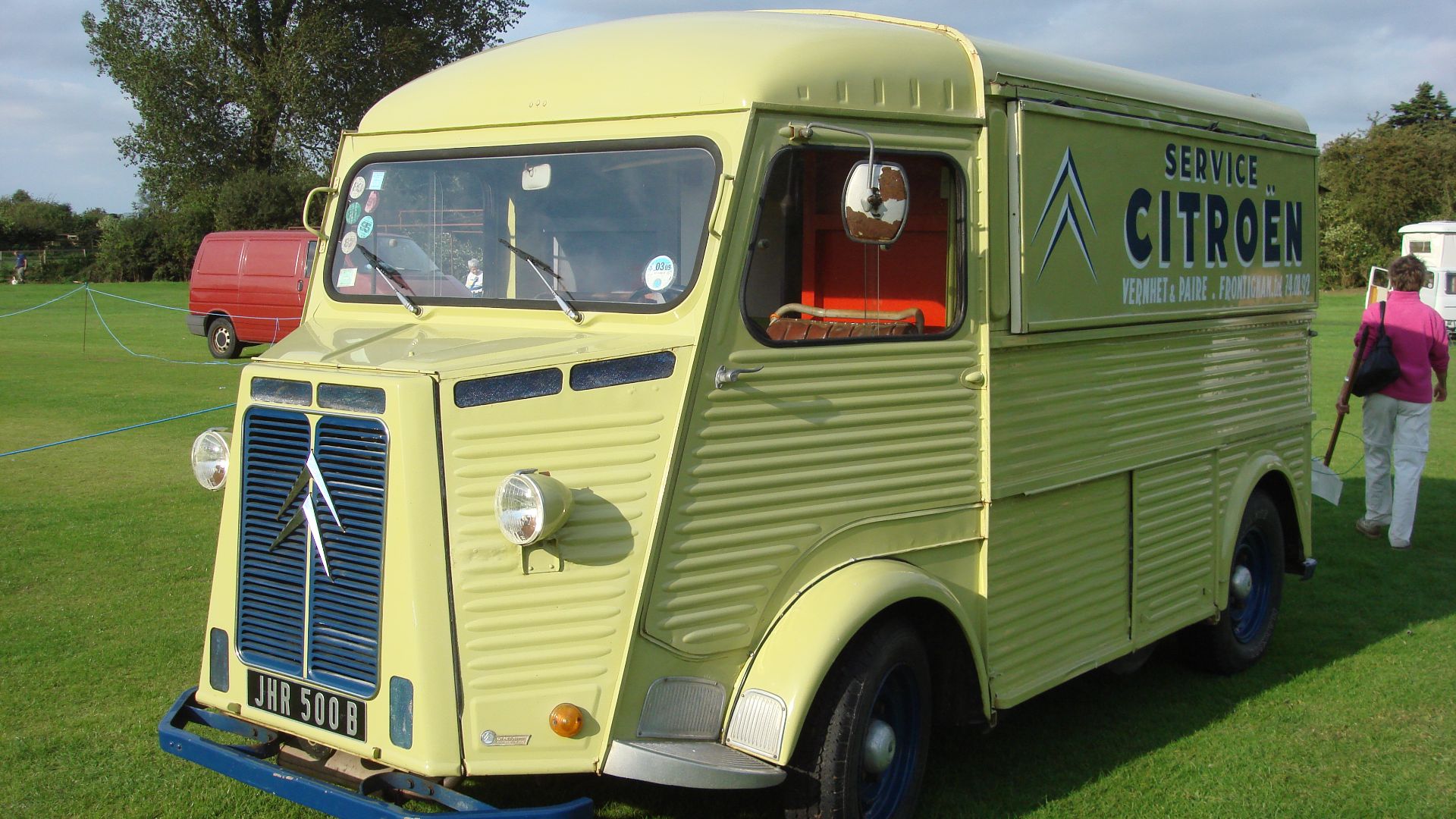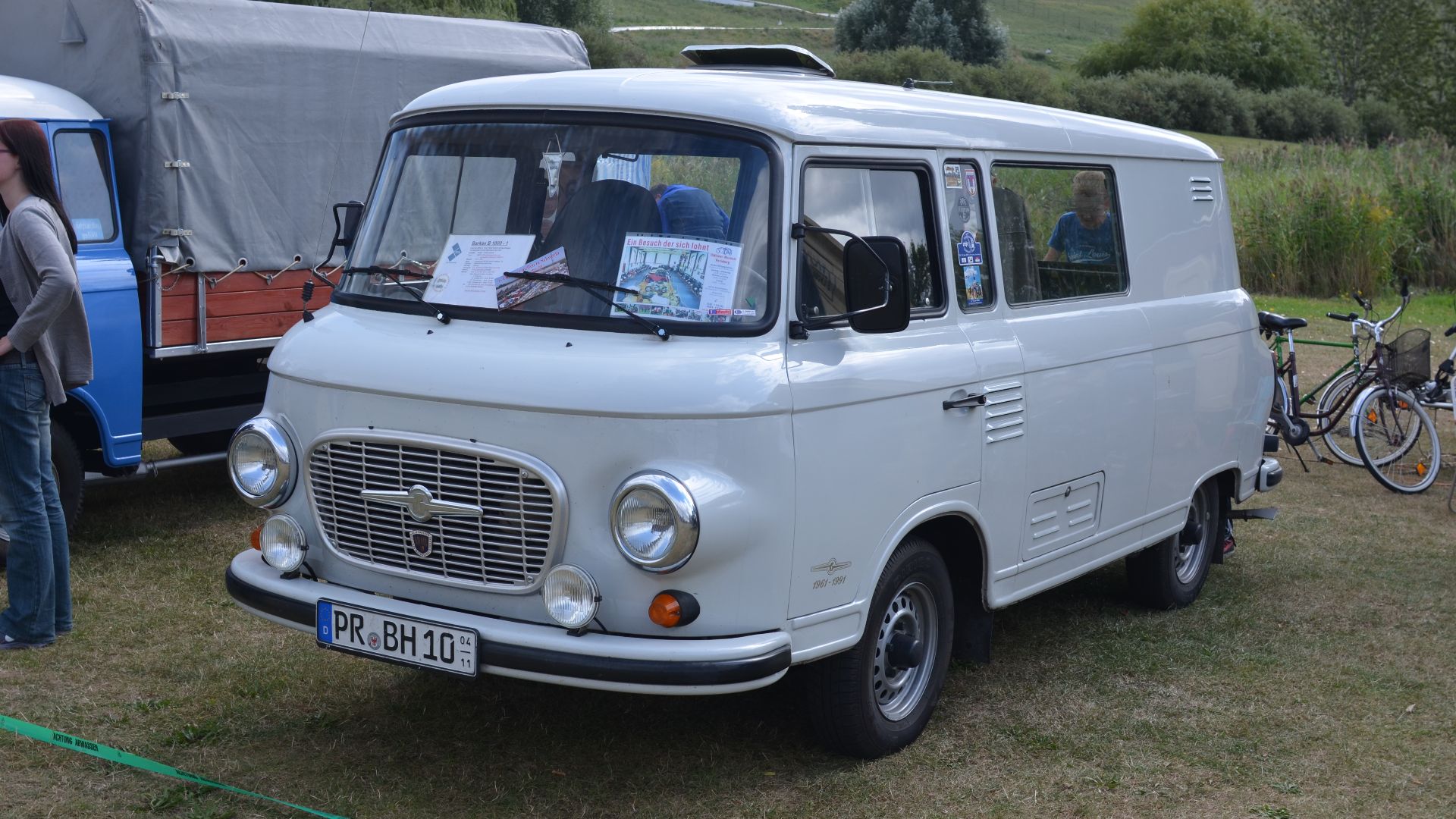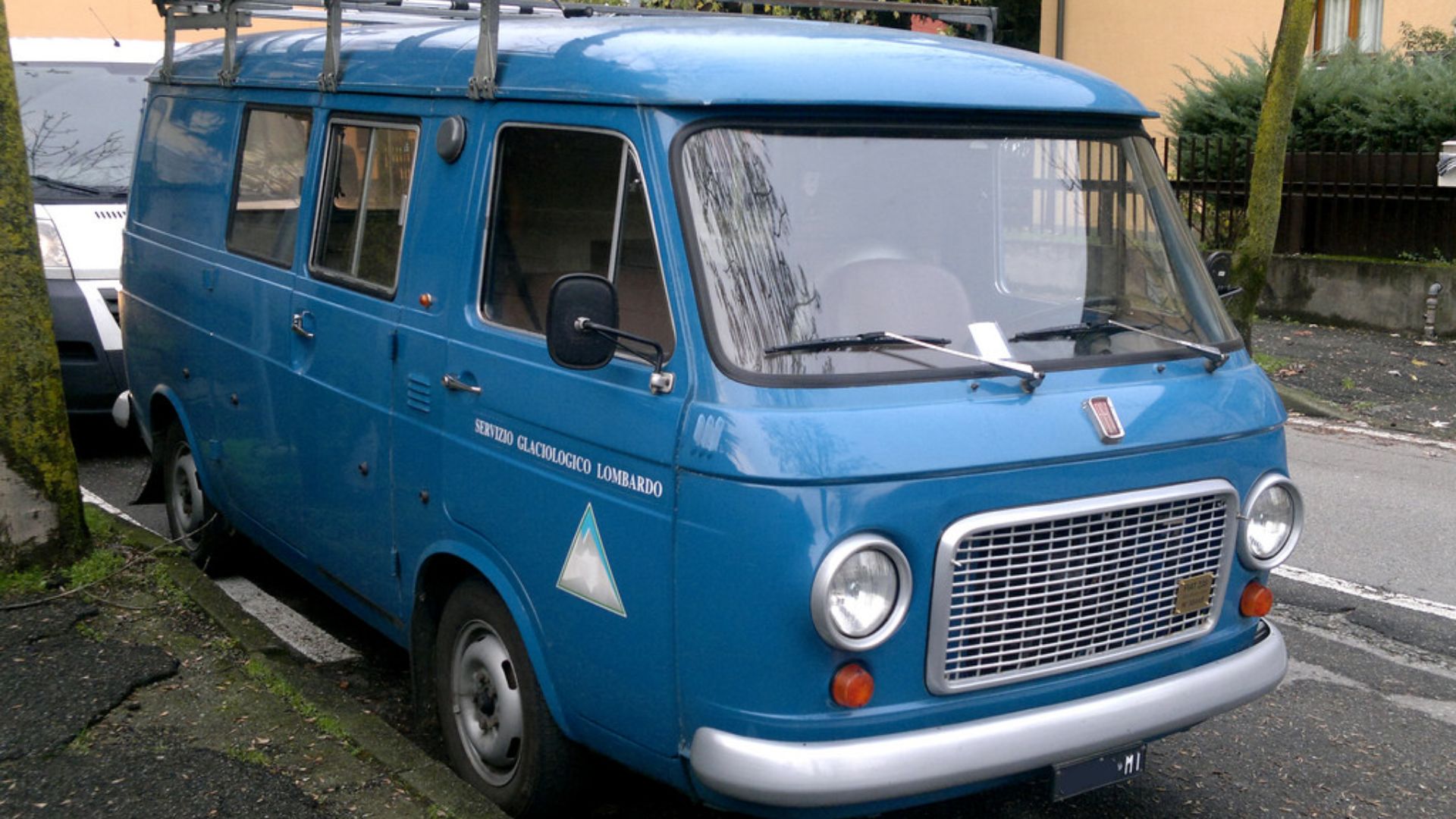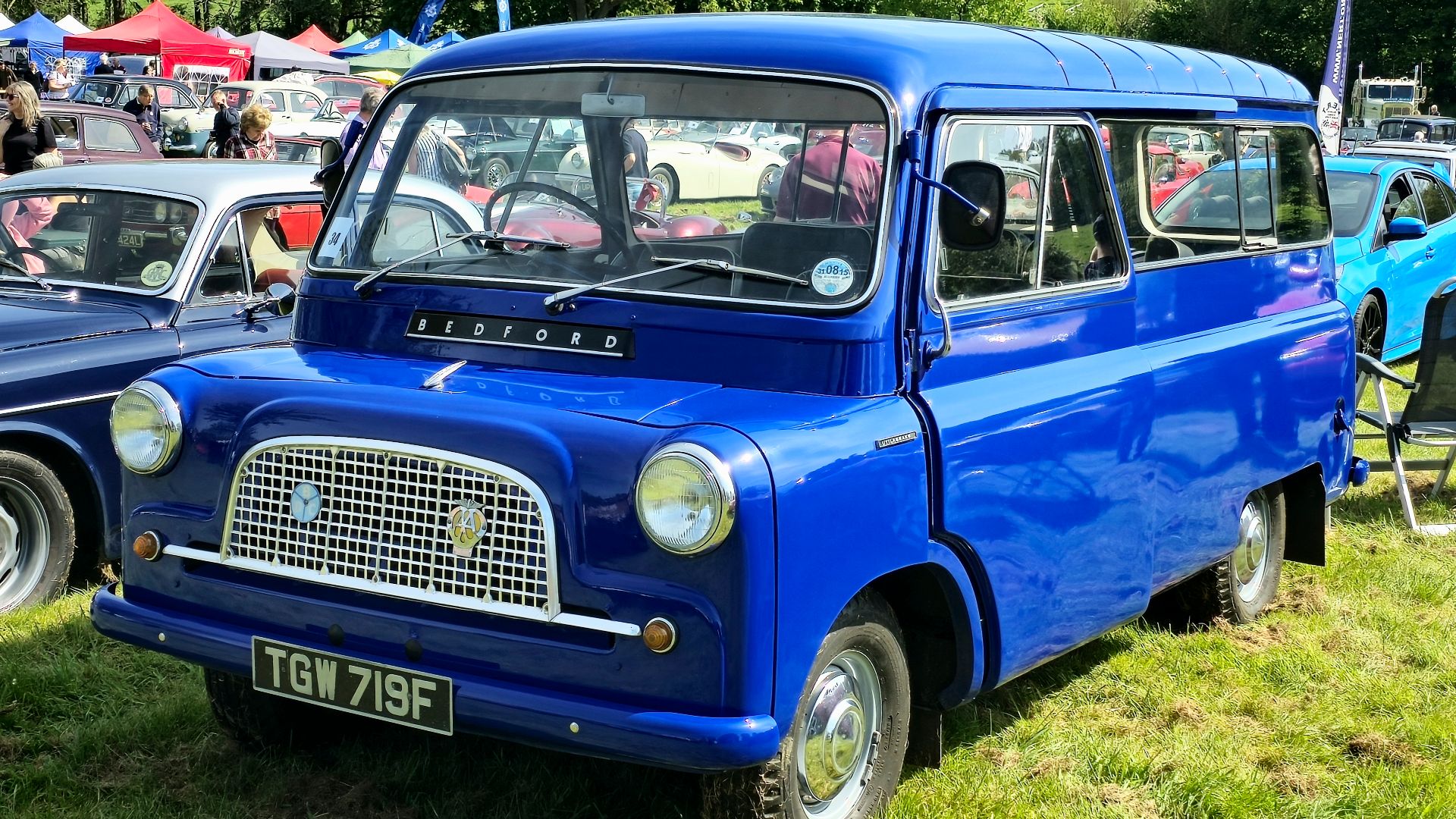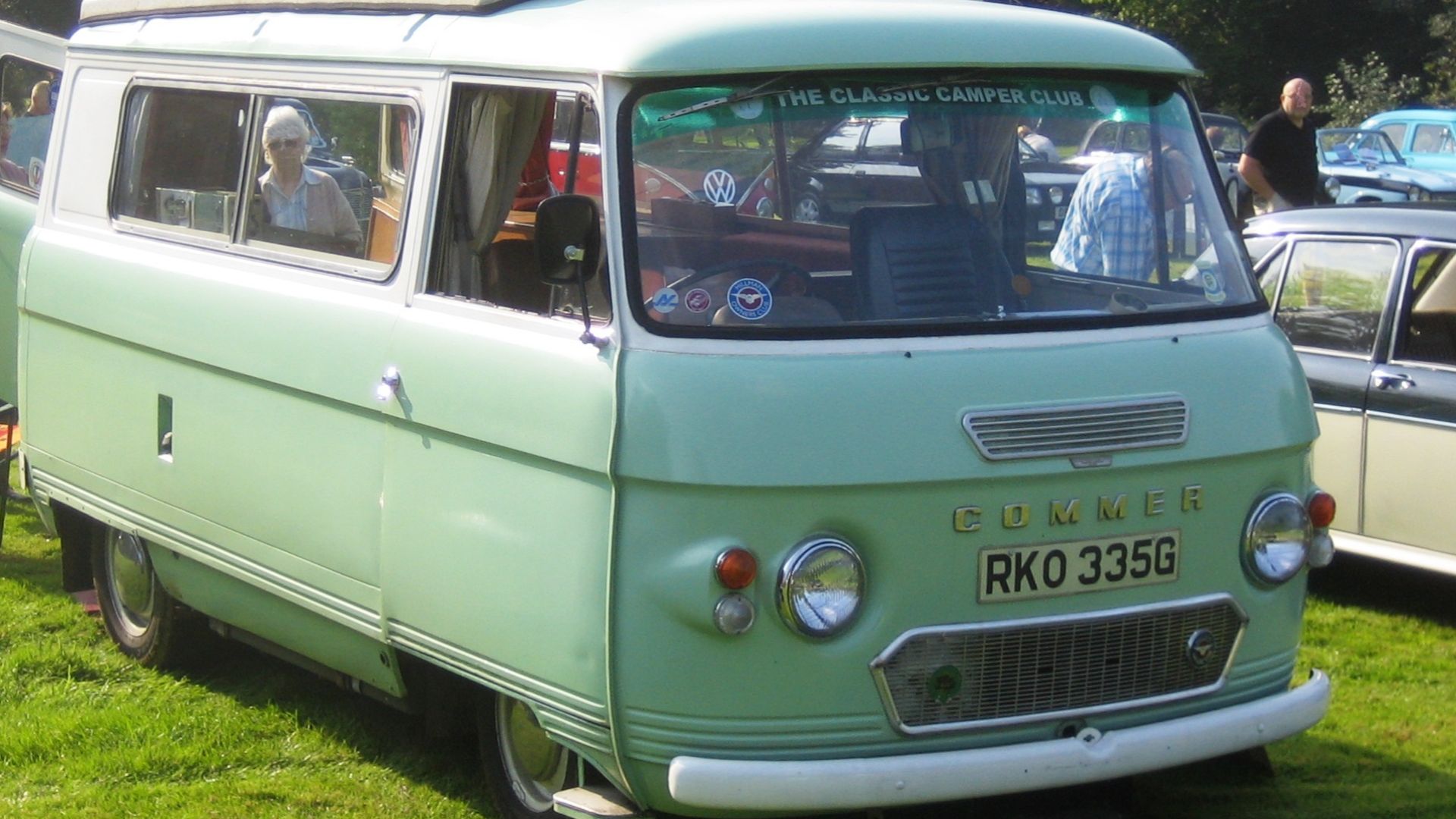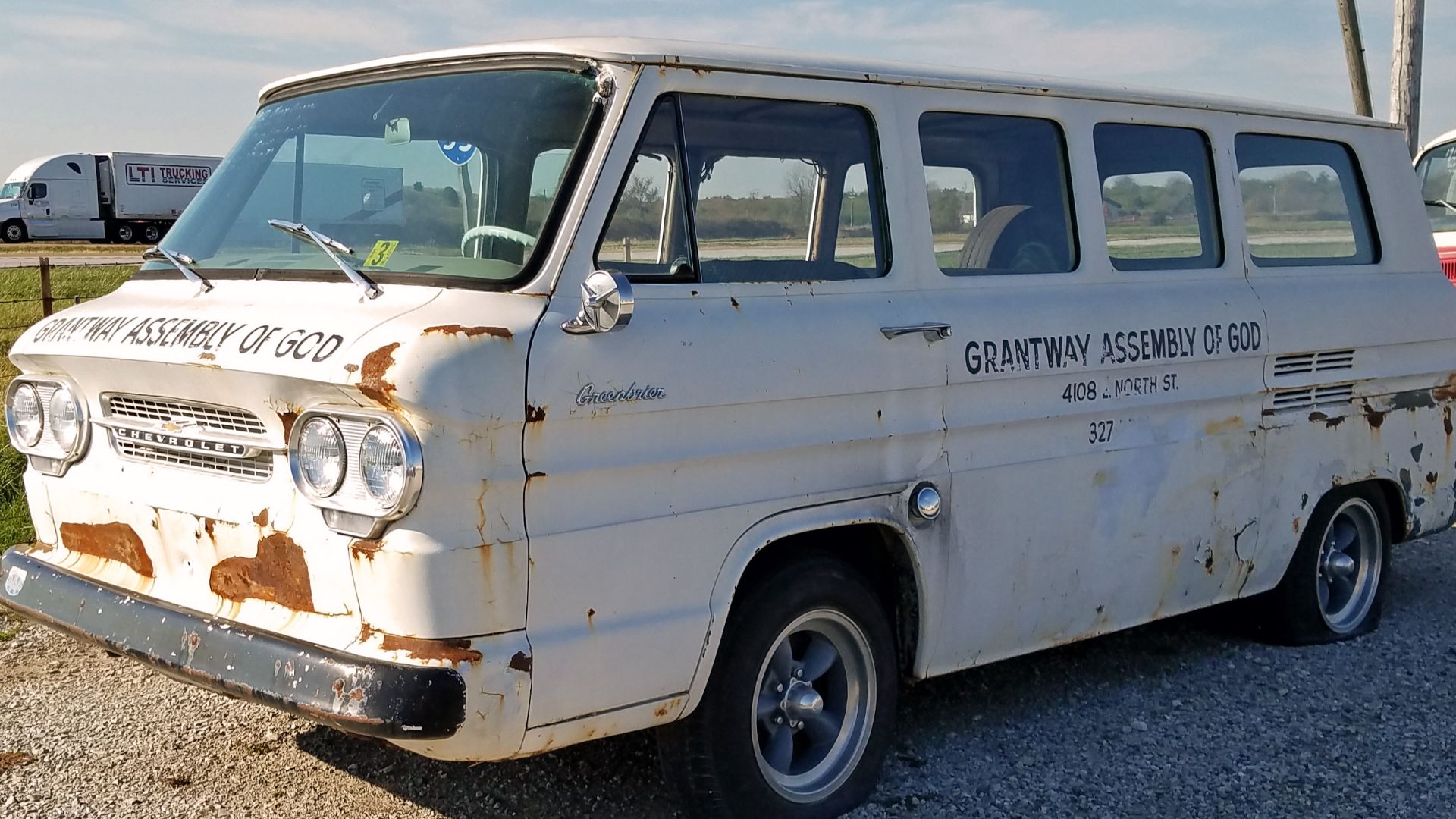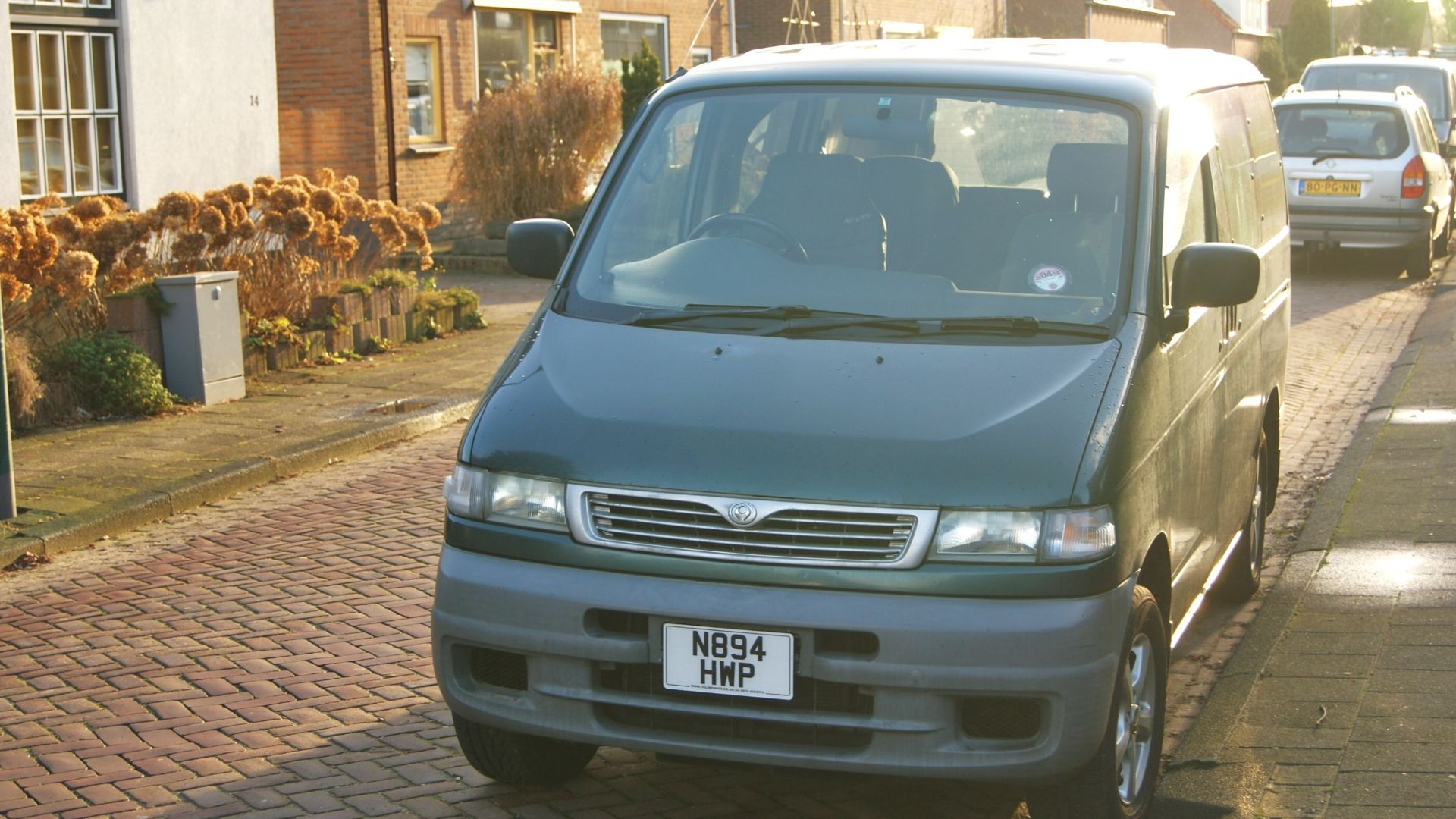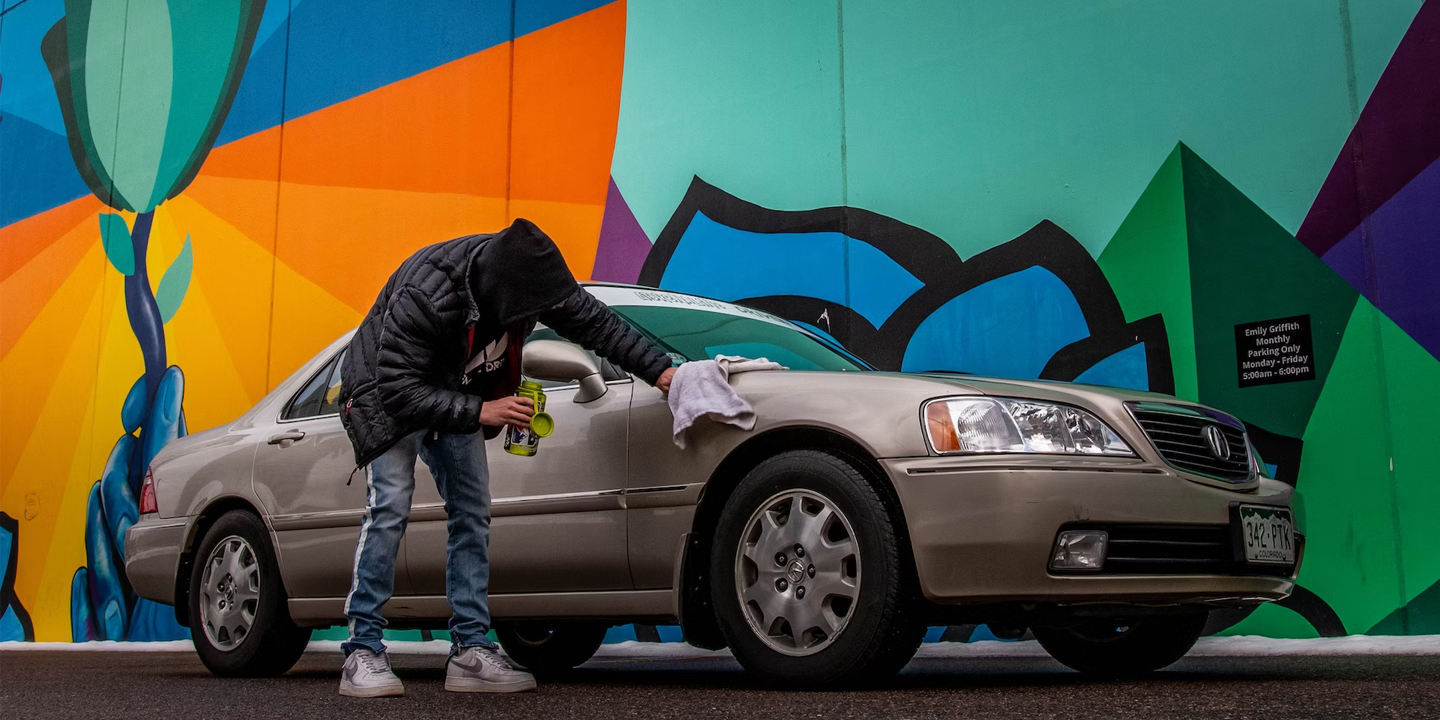Retro Vans That Ruled In Their Time
Vans used to mean something. Before they became bland family haulers, these boxes on wheels were symbols of ingenuity and practicality rolled into one. Musicians, surfers, and anyone who valued function over flash drove them. They weren't pretty, but they got the job done with style and personality. Here are twenty vans that proved you didn't need curves to be cool.
1. Volkswagen Type 2 Microbus (1950–1979)
Peace signs and tie-dye wouldn’t feel complete without the Volkswagen Type 2. Its rear-mounted engine and flat cargo floor set it apart, while early versions offered split windshields and “barn door” access. Loved by the counterculture, it astonishingly continued production in Brazil until 2013.
2. Ford Econoline Club Wagon (1961–1996)
Instead of chasing trends, Ford borrowed from the VW Type 2 and gave its Econoline a cab-over look—but with a front engine. The Falcon’s parts powered the first generation. Governments and musicians adored it, and adventurous buyers even found aftermarket 4WD conversions.
3. Chevrolet G-Series Van (1964–1996)
If you spotted Scooby and the gang, chances are the G-Series was rolling by. This Chevy classic used body-on-frame construction for endless customization and worked behind the scenes with NASA for transportation. It also became the 1970s van craze poster child thanks to mural-ready side panels.
4. Dodge Tradesman (1971–1978)
Step inside a Dodge Tradesman, and you’d notice its low entry and unibody design. Some lucky buyers scored factory “Street Van” packages with shag carpet and porthole windows. Everyone from police to drag racers took notice, especially with its short wheelbase and V8 punch.
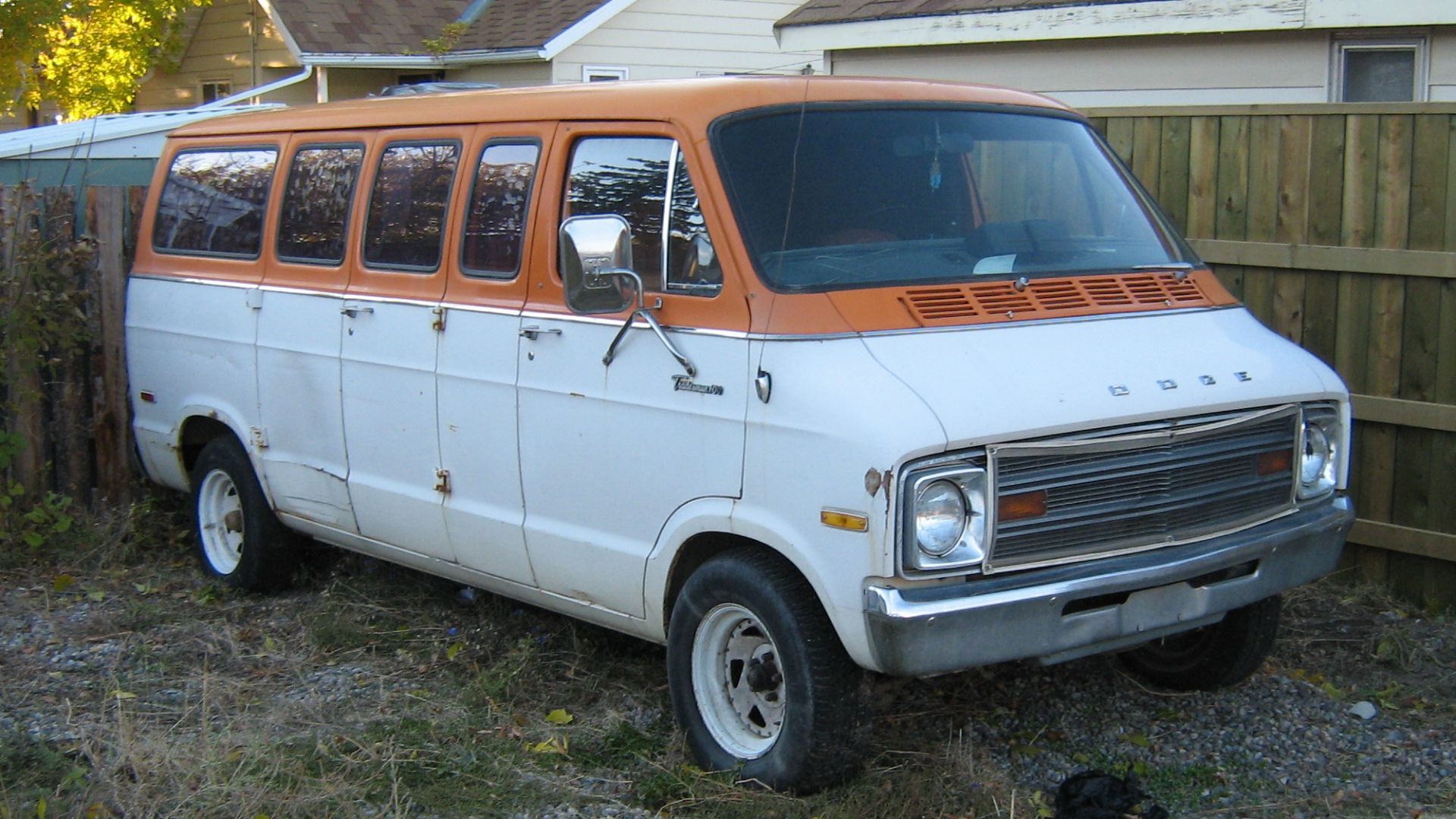 dave_7 from Lethbridge, Canada on Wikimedia
dave_7 from Lethbridge, Canada on Wikimedia
5. Toyota HiAce (1967–1982)
Few vans matched the versatility of the early Toyota HiAce. Offering a cab-over layout and multiple wheelbases, it seated up to fifteen with its modest 1.3L engine. Its reliability quickly spread worldwide, and decades later, it still thrives across Africa and Southeast Asia.
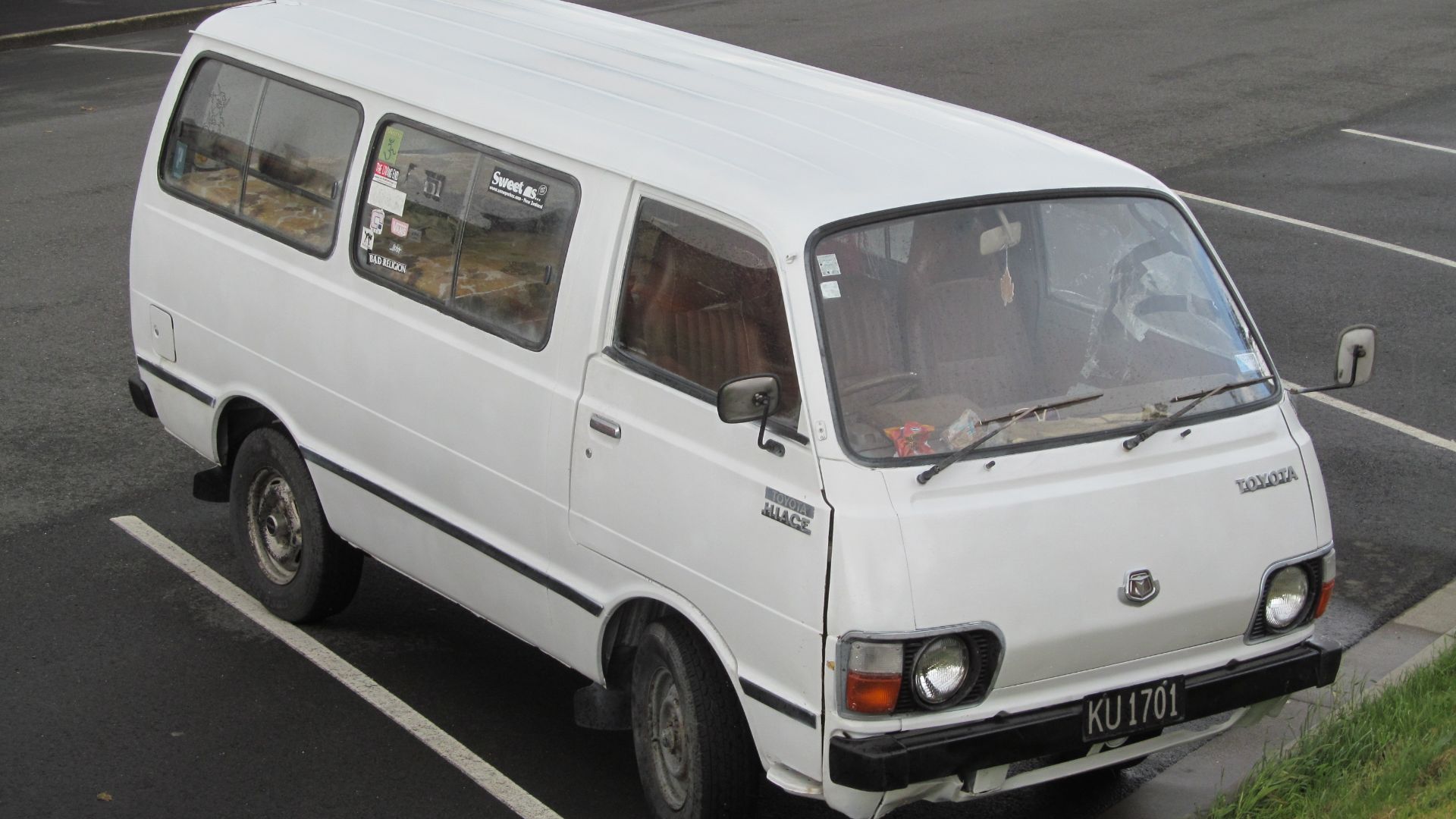 Riley from Christchurch, New Zealand on Wikimedia
Riley from Christchurch, New Zealand on Wikimedia
6. Nissan Caravan (1973–1999)
Picture a van with a flat floor, dual sliding doors, and even a high-roof “Coach” edition featuring reclining seats and air conditioning—that’s the Nissan Caravan. Libraries and clinics used it in the 1980s, and later models shared platforms with Isuzu and Mitsubishi.
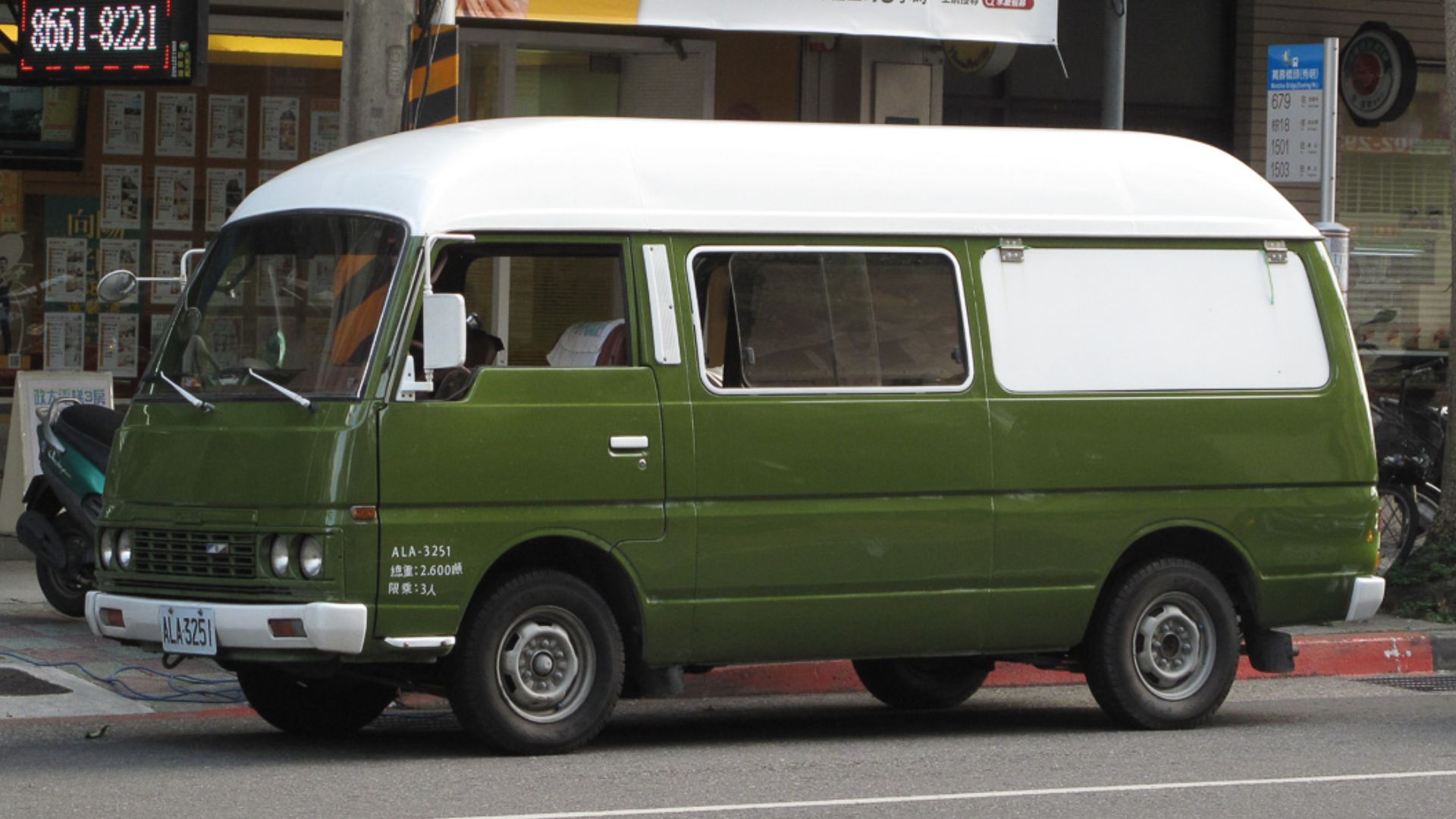 Rutger van der Maar on Wikimedia
Rutger van der Maar on Wikimedia
7. Mitsubishi Delica Star Wagon (1968–1994)
Not many vans could claim a full-time 4WD with low-range gearing, but the Delica Star Wagon did. High trims also offered a crystal-lite roof with skylight panels. Antarctic expeditions relied on it off-road, and in colder markets, its winterized features earned the nickname “Snow Gear.”
8. Subaru Sambar Dias (1961–1990s)
Small in stature yet mighty in service, the Subaru Sambar Dias carried Japan’s postal workers for decades. This kei-class van ran a rear-mounted engine with rear-wheel drive. A rare supercharged version also climbed hills with ease, while its “one-box” design cleverly maximized space.
9. Peugeot J7 (1965–1980)
Peugeot’s J7 wasn’t fast—its top speed barely hit 100 km/h—but that made it perfect for city streets. Offered as ambulances, minibuses, or refrigerated vans, it served riot police and mobile bakeries alike in the 70s, all thanks to front-wheel drive and a low cargo floor.
10. Citroën H Van (1947–1981)
The Citroën H Van turned heads with corrugated steel panels inspired by Junkers aircraft, which saved weight and boosted strength. Farmers even loaded livestock onto its sturdy floor, confident it could carry a horse. Clever touches included suicide doors and a three-section tailgate.
11. Austin J2 (1956–1967)
During the Cold War, the Austin J2 proved its versatility as a command van, ambulance, and mobile ops unit for British forces. Painted in olive or desert tan with blackout lights, it carried undeniable style—its rounded body and bold grille looked more cruiser than battlefield machine.
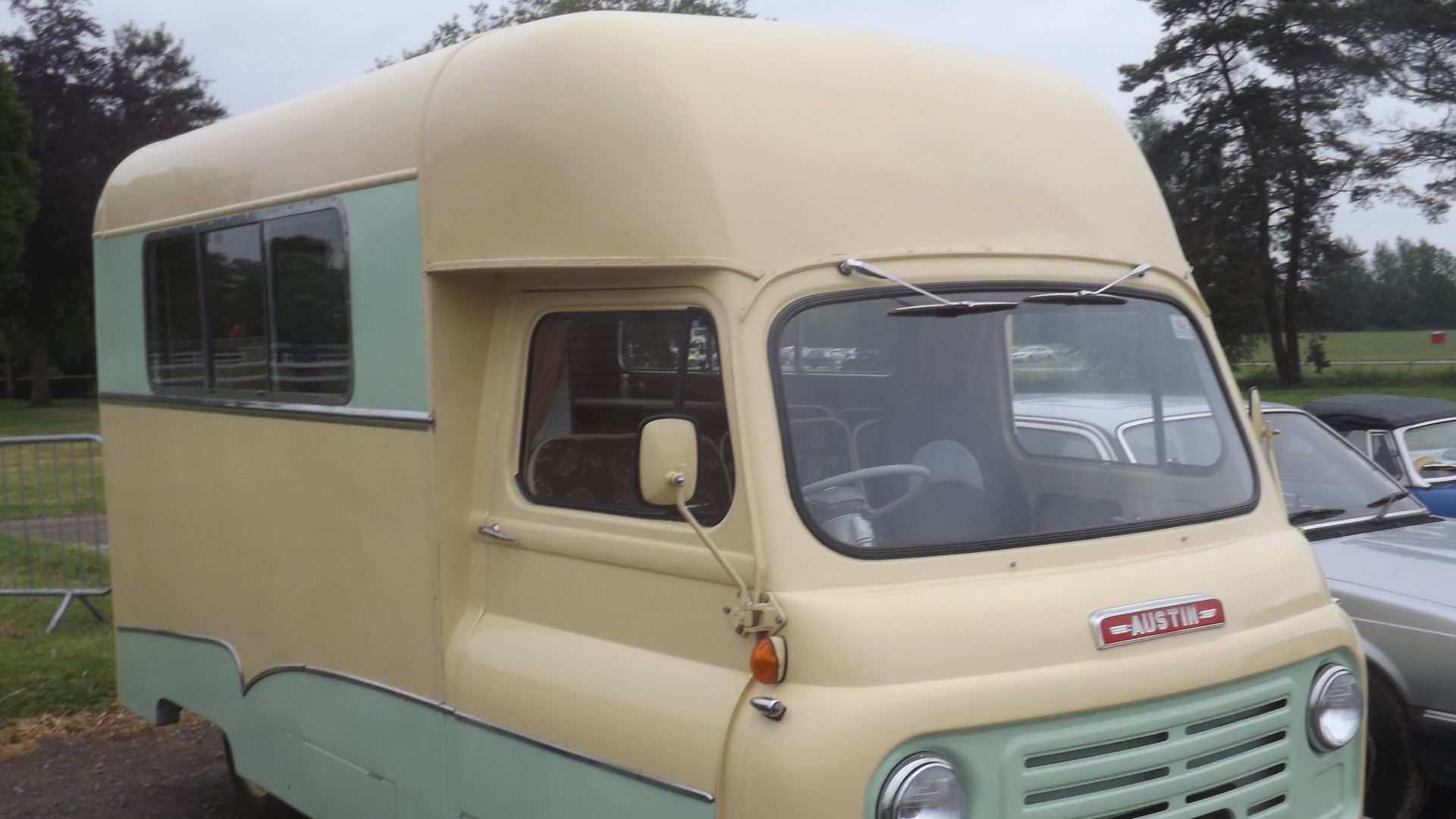 Andrew Bone from Weymouth, England on Wikimedia
Andrew Bone from Weymouth, England on Wikimedia
12. Barkas B1000 (1961–1991)
Built in East Germany, the Barkas B1000 used a front-mounted, liquid-cooled two-stroke triple engine with front-wheel drive. Its suspension setup gave surprisingly smooth handling, and production exceeded 170,000 units. With body styles ranging from minibuses to fire engines, it later became a camper-conversion favorite.
13. Mercedes-Benz L319 (1955–1968)
Postwar recovery gave Daimler-Benz its first light commercial vehicle: the L319. Buyers could pick from panel van, pickup, or minibus versions, making it versatile for business. Lufthansa and Deutsche Post even added it to their fleets, and its 1.8L diesel engine kept transport steady under 60 mph.
14. Fiat 238 (1967–1983)
When Fiat introduced the 238, it cleverly borrowed the drivetrain from the Fiat 124 and inserted a front-mounted engine. Italian camper builders such as Arca and Westfalia quickly turned it into a favorite. Beyond leisure use, the Red Cross and fire brigades relied on its compact agility.
15. Bedford CA (1952–1969)
Back in the 1950s, the Bedford CA became one of Britain’s first vans to make sliding doors standard, and local councils and British Rail snapped them up for service fleets. This also inspired the design of the iconic “Mr. Whippy” ice cream vans.
16. Commer FC (1960–1976)
The quirky Commer FC looked unlike anything else, thanks to a front-mounted engine placed behind its grille. That oddball “snub nose” and narrow track became its calling cards. Painted bright yellow, it carried British Telecom crews, and a diesel option kept commercial users running long distances.
17. Dodge A100 (1964–1970)
For fans of compact power, the Dodge A100 offered a flat-front cab-over design with the engine placed right between the seats. Drag racers saw its short wheelbase as an advantage, and TV audiences spotted it on Sanford and Son. A pickup variant completed the lineup.
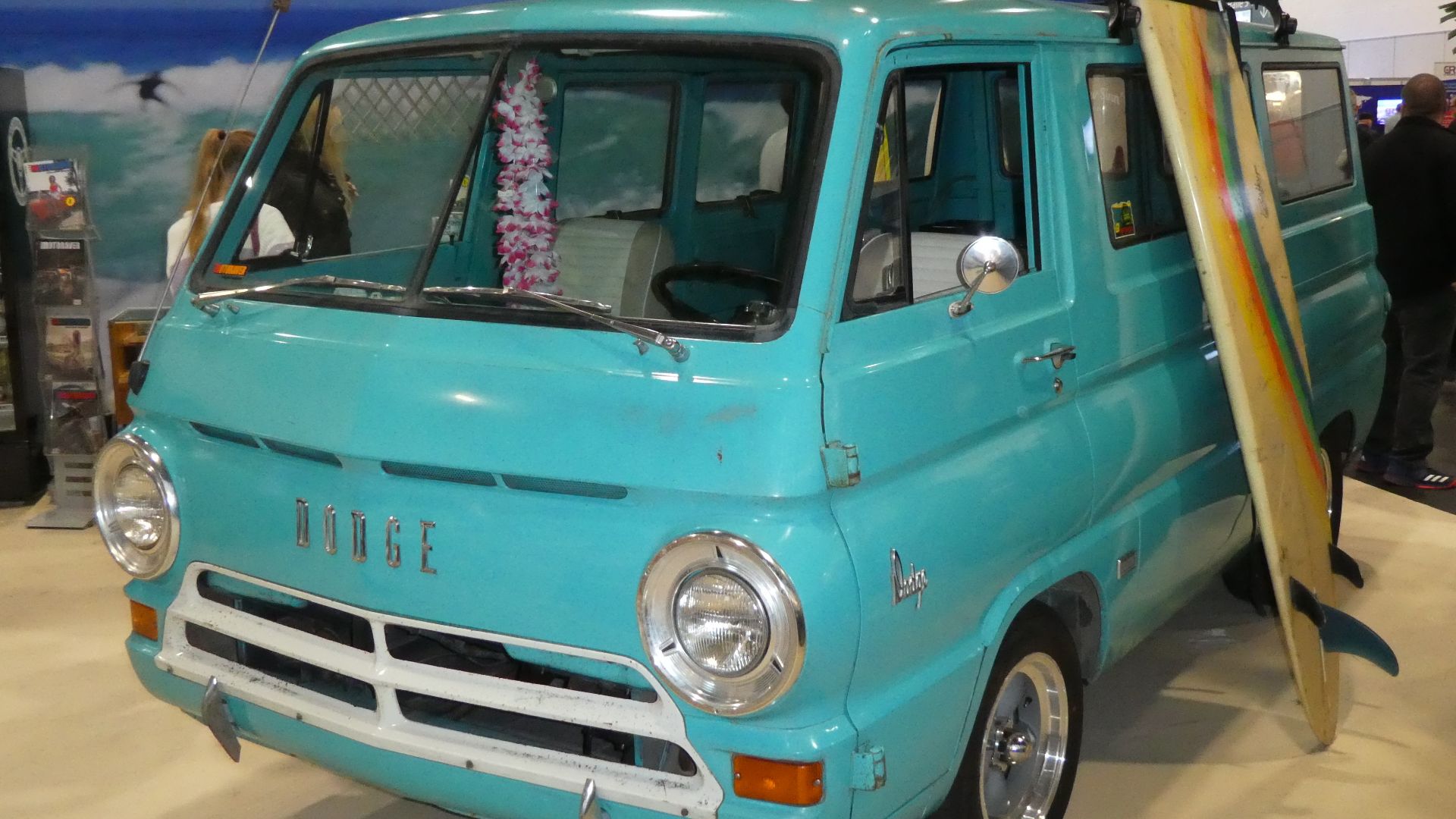 Andrew Bone from Weymouth, England on Wikimedia
Andrew Bone from Weymouth, England on Wikimedia
18. Chevrolet Greenbrier (1961–1965)
Chevrolet leaned on the Corvair platform to craft the Greenbrier, equipping it with a rear-mounted, air-cooled engine. Businesses appreciated its easy handling, made smoother by independent rear suspension. Add in side-loading doors and wraparound windows, and the Greenbrier stood apart as one of America’s most innovative vans.
19. Morris J-Type (1949–1961)
Britain’s Morris J-Type emerged just after the war with a semi-forward control design that felt modern for its day. Royal Mail and British Telecom made heavy use of it in the 1950s, powered by a modest 1.5L side-valve engine and three-speed gearbox.
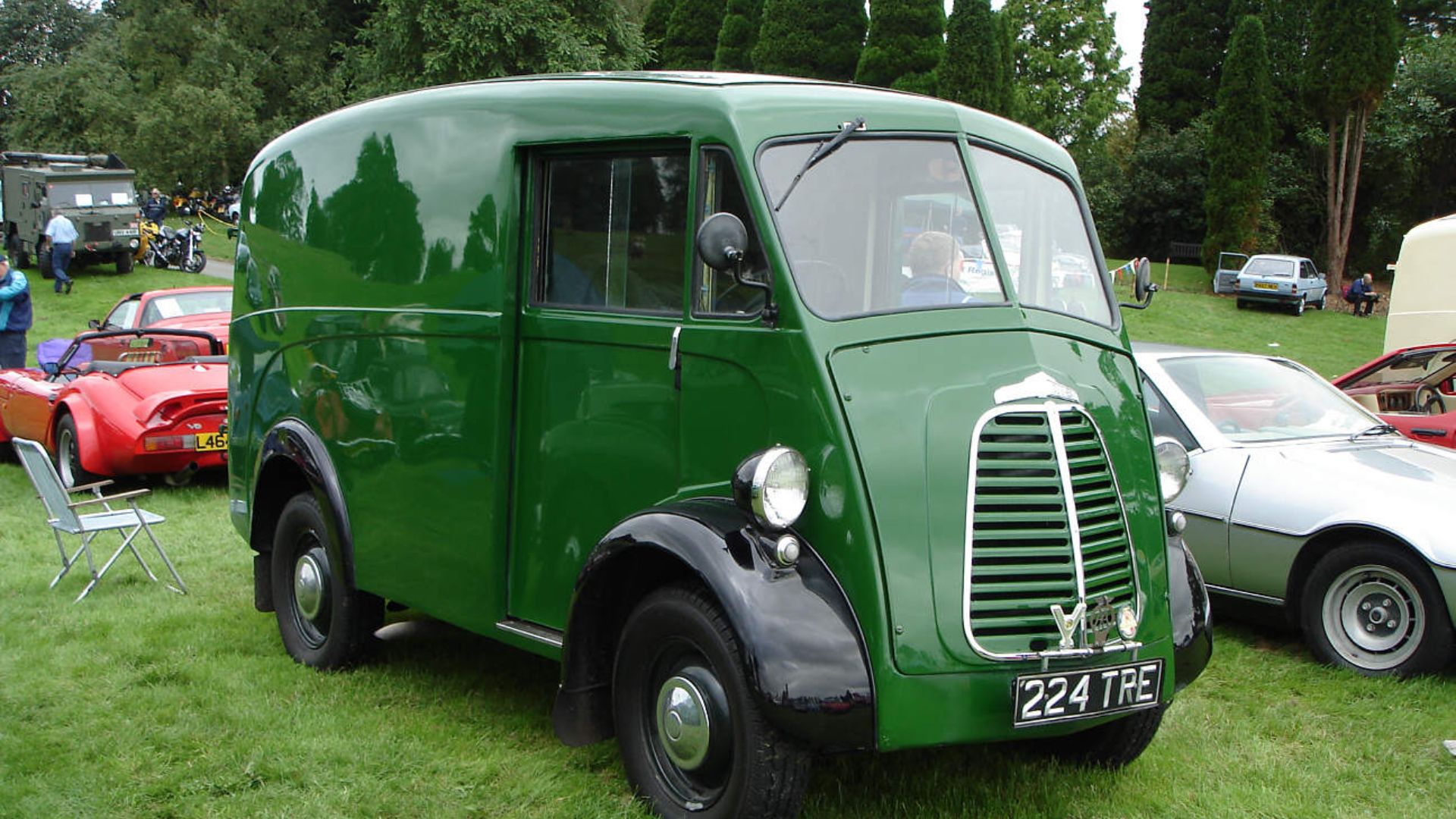 No machine-readable author provided. Malcolma assumed (based on copyright claims). on Wikimedia
No machine-readable author provided. Malcolma assumed (based on copyright claims). on Wikimedia
20. Mazda Bongo (1966–1990s)
Mazda made a splash with the Bongo, a van that put its engine in the rear beneath a cab-over layout. Schools and municipal services across Japan used it to transport students, while campers loved versions with pop-top roofs and kitchens.


